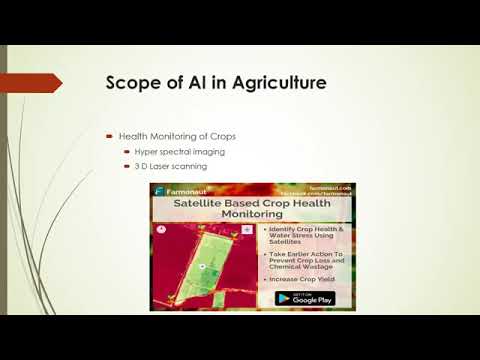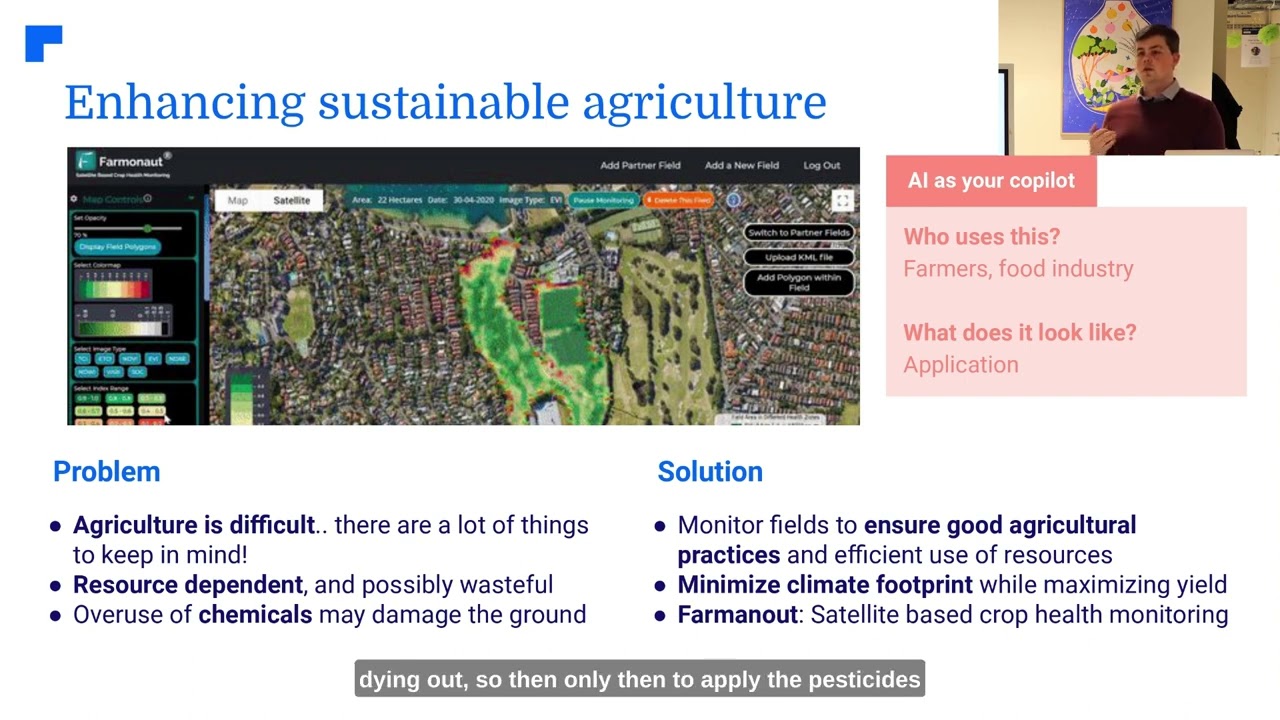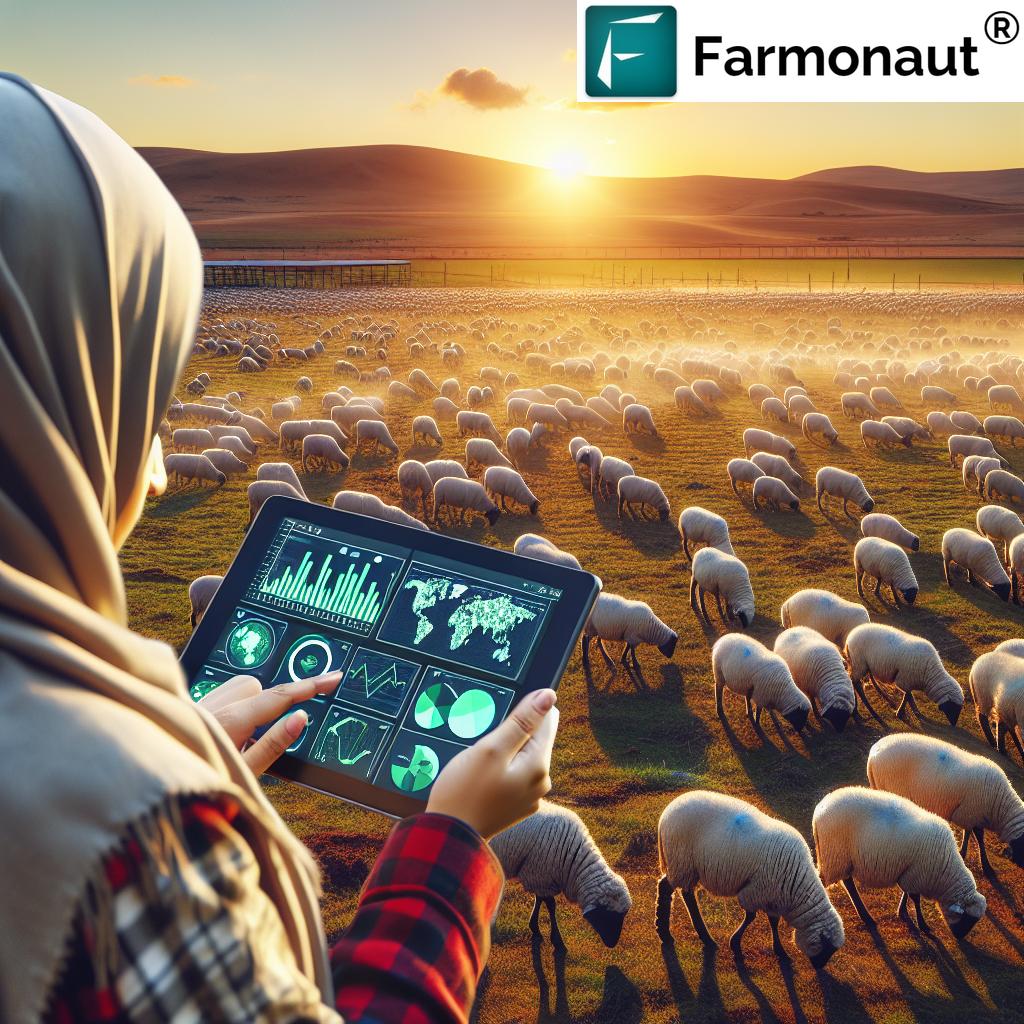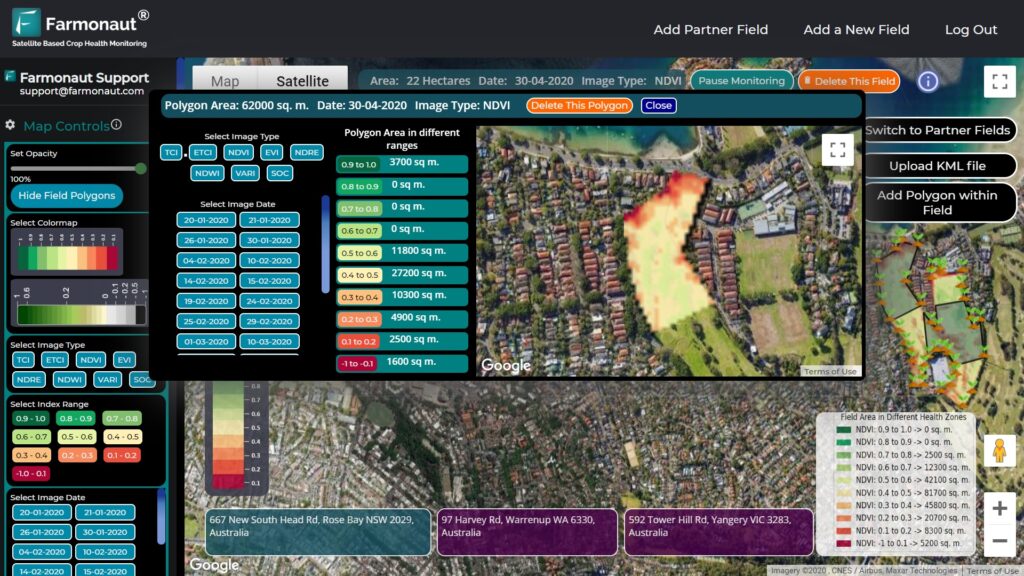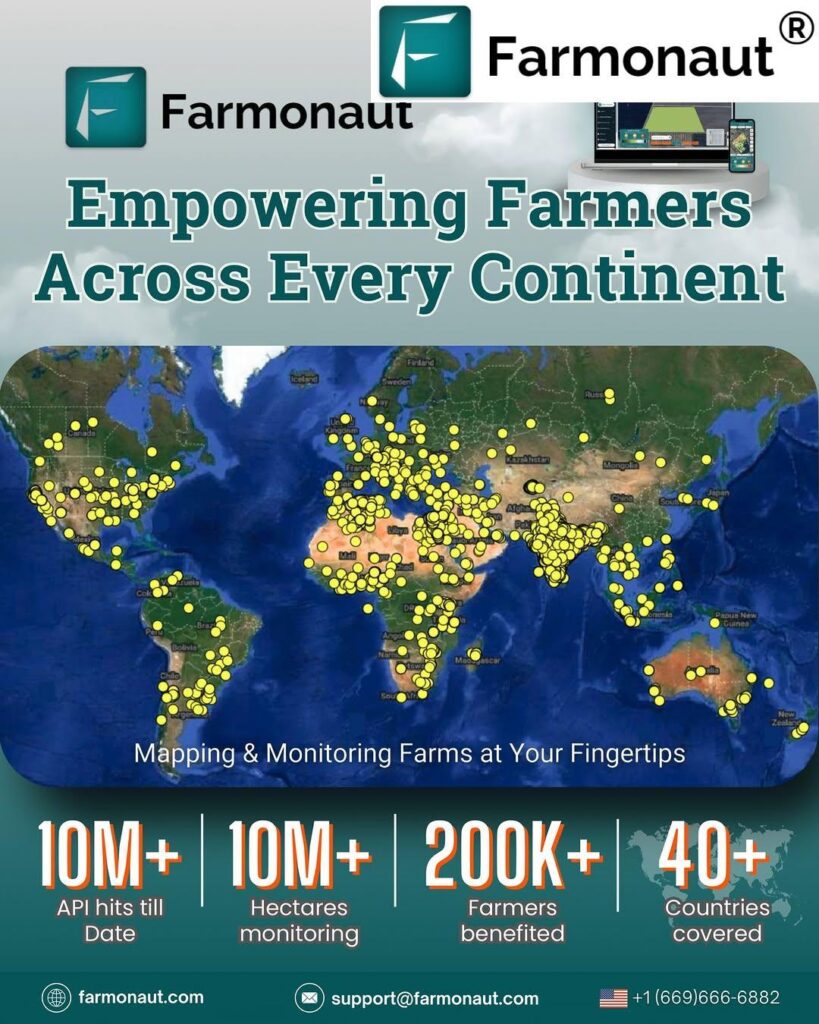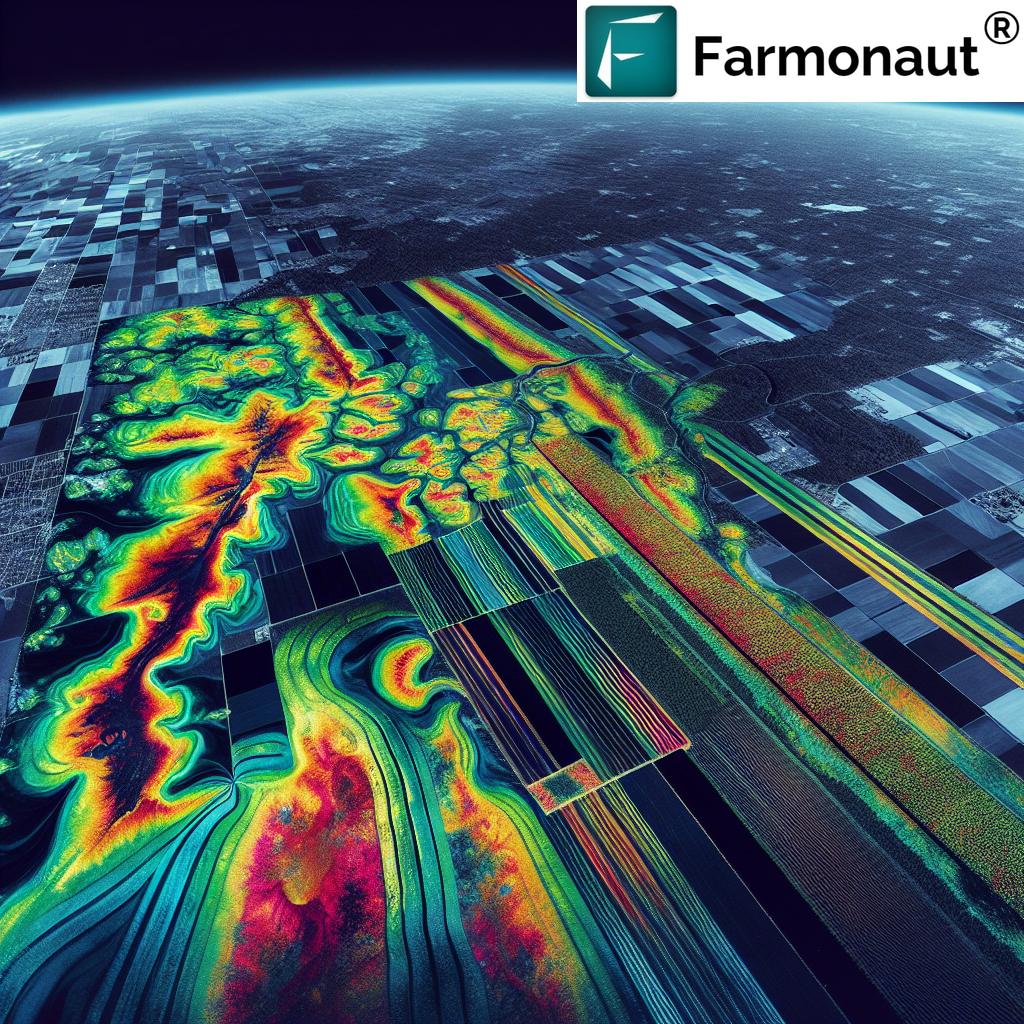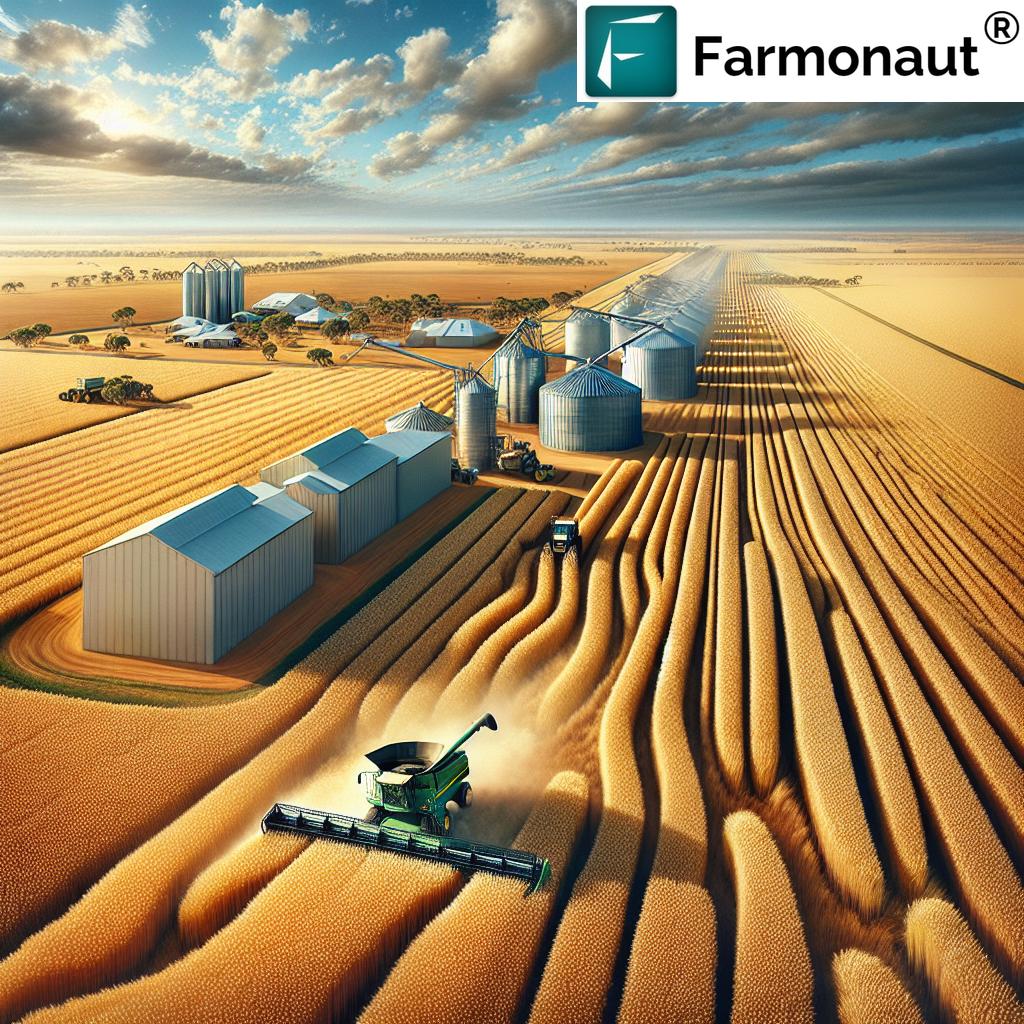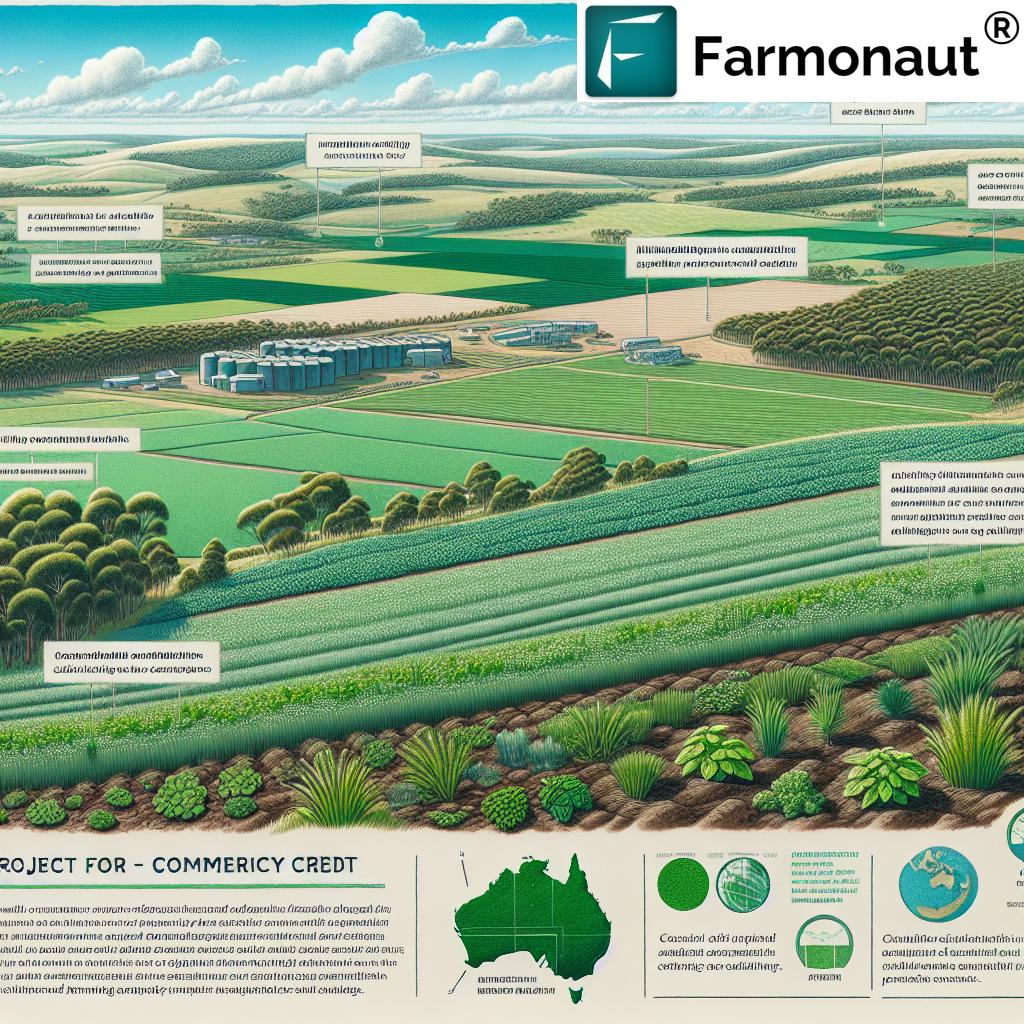Revolutionizing AI: Sydney’s Unsupervised Machine Learning Breakthrough in Pattern Recognition
“Torque Clustering, inspired by galaxy mergers, outperforms existing algorithms in pattern recognition accuracy across various datasets.”
“This open-source AI technology spans applications in medicine, finance, environmental science, and robotics, reducing human intervention in learning processes.”
In the ever-evolving landscape of artificial intelligence (AI), we are witnessing a paradigm shift that promises to revolutionize how machines learn and interpret the world around us. At the forefront of this transformation is an innovative approach developed by researchers at the University of Technology Sydney, aptly named Torque Clustering (TC). This groundbreaking method draws inspiration from an unexpected source – the cosmic dance of merging galaxies – and represents a significant leap towards more autonomous and efficient AI systems.
As we delve into the intricacies of this remarkable advancement, we’ll explore how TC is reshaping the field of unsupervised machine learning, its wide-ranging applications, and the profound implications it holds for the future of AI across various industries. Join us on this fascinating journey as we uncover the potential of TC to revolutionize pattern recognition and data analysis in ways previously thought impossible.
The Dawn of Unsupervised Learning: Mimicking Natural Intelligence
Traditionally, AI systems have relied heavily on supervised learning techniques, which require vast amounts of labeled data and constant human guidance. This approach, while effective, is often time-consuming, costly, and limiting in its ability to adapt to new, unforeseen patterns. Enter unsupervised learning – a method that aims to mimic the way natural intelligence operates, allowing AI to learn independently by observing and interacting with its environment.
Distinguished Professor CT Lin from the University of Technology Sydney explains, “In nature, animals learn by observing, exploring, and interacting with their environment, without explicit instructions. The next wave of AI, ‘unsupervised learning’ aims to mimic this approach.”
This shift towards unsupervised learning represents a significant step in bridging the gap between artificial and natural intelligence. By reducing the need for human intervention in the learning process, we’re paving the way for more adaptable, efficient, and autonomous AI systems.
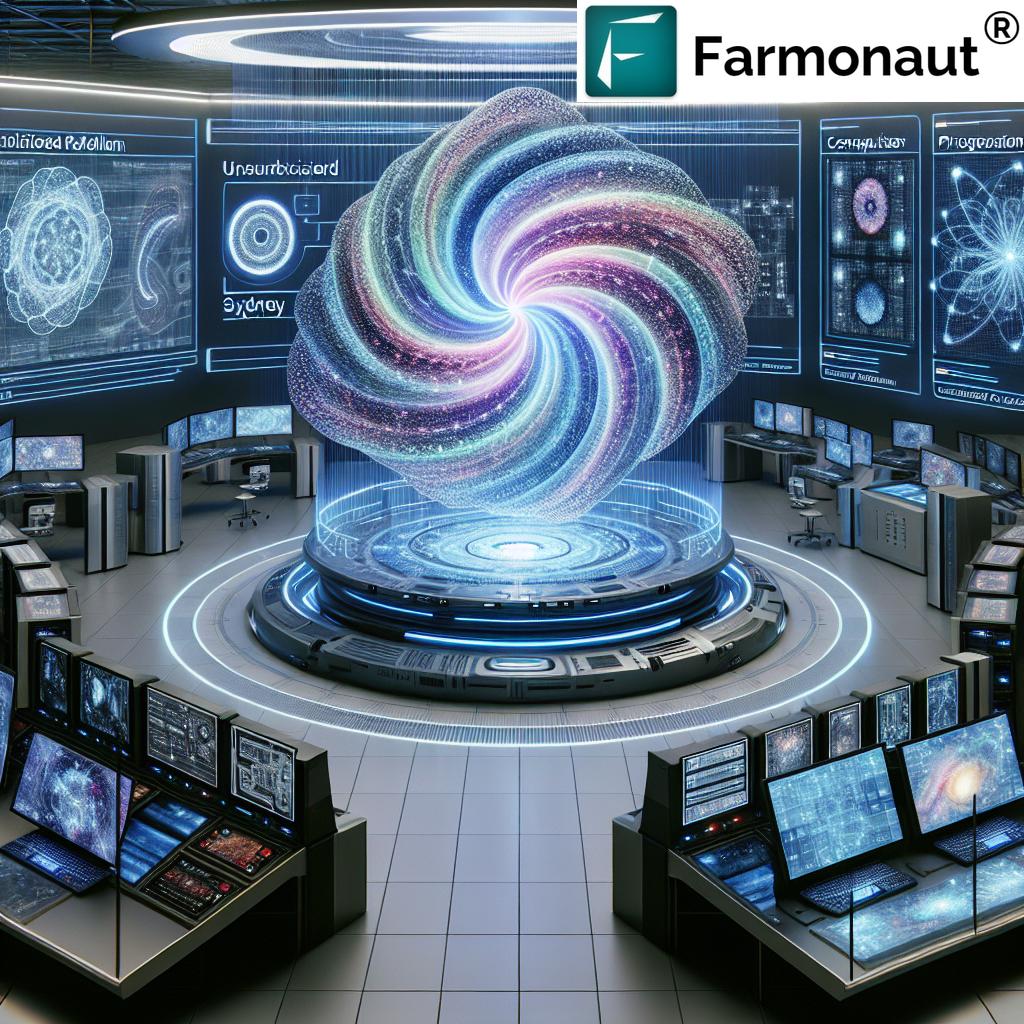
Torque Clustering: A Cosmic Inspiration
At the heart of this breakthrough is Torque Clustering, a method that draws its inspiration from the physical concept of torque in gravitational interactions, particularly in the context of galaxy mergers. This unique approach allows TC to identify patterns and clusters in data autonomously, adapting to diverse data types with varying shapes, densities, and noise levels.
First author Jie Yang elaborates, “What sets Torque Clustering apart is its foundation in the physical concept of torque, enabling it to identify clusters autonomously and adapt seamlessly to diverse data types, with varying shapes, densities, and noise degrees. It was inspired by the torque balance in gravitational interactions when galaxies merge. It is based on two natural properties of the universe: mass and distance.”
This innovative approach to clustering represents a departure from traditional methods, offering a more flexible and robust solution to pattern recognition challenges across various domains.
Outperforming the Competition: TC’s Remarkable Accuracy
The efficacy of Torque Clustering has been rigorously tested against 19 other cutting-edge clustering methods using a diverse range of datasets. The results are nothing short of impressive:
- TC achieved the highest accuracy on 15 out of 19 datasets where correct groupings were known.
- It automatically determined the correct number of groups in 15 out of 20 datasets, a task that typically requires human input.
- Extensive testing on 1,000 diverse datasets yielded an average adjusted mutual information score of 97.7%, significantly outperforming other state-of-the-art methods that typically score in the 80% range.
These results underscore the robustness and versatility of TC, demonstrating its potential to revolutionize data analysis across various fields.
Applications Across Diverse Fields
The potential applications of Torque Clustering span a wide range of industries and disciplines. Let’s explore some of the most promising areas where TC is poised to make a significant impact:
Medicine and Healthcare
In the medical field, TC offers unprecedented opportunities for disease detection and treatment optimization. By analyzing vast databases of patient records without the need for pre-labeled data, AI systems using TC could:
- Identify new disease subtypes based on patterns in patient symptoms, treatment responses, and outcomes.
- Discover novel approaches to treatment that might be overlooked by traditional analysis methods.
- Enhance early detection of diseases by recognizing subtle patterns in medical imaging or patient data.
This could lead to more personalized and effective healthcare strategies, potentially saving countless lives.
Finance and Fraud Detection
In the financial sector, TC’s ability to detect unusual patterns without prior examples makes it an invaluable tool for:
- Identifying fraudulent activities in transaction data, even as new types of fraud emerge.
- Analyzing market trends and investor behavior to predict financial movements.
- Optimizing risk assessment models for loans and insurance.
By leveraging TC, financial institutions can stay one step ahead of fraudsters and make more informed decisions.
Environmental Science
TC’s pattern recognition capabilities have significant implications for environmental research and conservation efforts:
- Identifying patterns in climate data that might indicate previously unknown environmental relationships.
- Analyzing satellite imagery to track deforestation, urban growth, or changes in biodiversity.
- Predicting natural disasters by recognizing subtle patterns in geological or atmospheric data.
These applications could greatly enhance our understanding of the environment and improve our ability to protect it.
Robotics and Autonomous Systems
In the field of robotics, TC opens up new possibilities for creating more adaptable and intelligent machines:
- Enabling robots to learn about their environment more naturally, without extensive programming for every scenario.
- Improving object recognition and navigation in complex, dynamic environments.
- Enhancing human-robot interaction by allowing machines to better understand and respond to human behavior patterns.
These advancements could lead to more versatile and capable robots in industries ranging from manufacturing to healthcare.

The Impact on AI Development
The development of Torque Clustering represents a significant step towards more autonomous artificial intelligence systems. By reducing the need for human intervention in the learning process, TC has the potential to:
- Accelerate AI applications across industries
- Make advanced data analysis more accessible to organizations with limited resources
- Enable AI systems to adapt more quickly to new and unforeseen challenges
Dr. Yang draws a parallel to recent breakthroughs in physics, stating, “Last year’s Nobel Prize in physics was awarded for foundational discoveries that enable supervised machine learning with artificial neural networks. Unsupervised machine learning – inspired by the principle of torque – has the potential to make a similar impact.”
Open-Source Innovation: Fostering Collaboration and Advancement
In a move that underscores their commitment to advancing the field of AI, the researchers behind Torque Clustering have made their code open-source. This decision has far-reaching implications for the scientific community and the future of AI development:
- Accessibility: By making the code freely available, researchers and developers worldwide can build upon and improve the TC algorithm.
- Rapid Adoption: Open-source availability facilitates quicker integration of TC into various applications across different industries.
- Collaborative Improvement: The global AI community can contribute to refining and expanding the capabilities of TC, potentially leading to even more groundbreaking discoveries.
This open approach to innovation aligns with the principles of scientific progress and could accelerate the development of more advanced AI systems.
Comparative Analysis: TC vs. Traditional Clustering Methods
To better understand the advantages of Torque Clustering, let’s compare it with some traditional unsupervised learning algorithms:
| Algorithm Name | Key Features | Accuracy (Estimated %) | Primary Applications |
|---|---|---|---|
| Torque Clustering (TC) | Inspired by galaxy mergers, adapts to diverse data types, autonomous cluster identification | 97.7% | Medicine, finance, environmental science, robotics |
| K-means Clustering | Simple, fast, requires pre-defined number of clusters | 80-85% | Market segmentation, image compression |
| Hierarchical Clustering | Creates tree-like cluster hierarchy, doesn’t require pre-defined cluster number | 75-80% | Taxonomy creation, document clustering |
| DBSCAN | Density-based clustering, handles noise well | 85-90% | Anomaly detection, spatial data analysis |
As we can see, Torque Clustering outperforms traditional methods in terms of accuracy and versatility, making it a powerful tool for a wide range of applications.
The Future of AI: Bridging the Gap to Natural Intelligence
As we look to the future, the development of Torque Clustering represents more than just a technical advancement; it signals a new direction for artificial intelligence development. By drawing inspiration from fundamental physical processes rather than attempting to replicate human thinking, this approach could help bridge the gap between artificial and natural intelligence.
The implications of this shift are profound:
- More Adaptive AI: Systems that can learn and adapt to new situations without constant human intervention.
- Improved Pattern Recognition: The ability to identify complex patterns in data that might be missed by traditional methods or human analysis.
- Reduced Bias: By relying less on pre-labeled data, TC could help reduce human biases in AI systems.
- Accelerated Discovery: In fields like scientific research, TC could lead to faster discoveries by identifying patterns that humans might overlook.
As we continue to explore and refine this technology, we may find ourselves on the cusp of a new era in artificial intelligence – one that brings us closer to understanding and replicating the marvels of natural intelligence.
Implications for Agriculture and Precision Farming
While Torque Clustering has broad applications across various industries, its potential impact on agriculture and precision farming is particularly noteworthy. In this context, companies like Farmonaut are at the forefront of integrating advanced AI and satellite technology to revolutionize farming practices.
Farmonaut, a pioneering agricultural technology company, offers satellite-based farm management solutions that align well with the principles of unsupervised learning and pattern recognition. Their platform leverages technologies similar to TC to provide valuable services such as:
- Real-time crop health monitoring
- AI-based advisory systems
- Resource management tools
By incorporating advanced algorithms like TC, precision agriculture platforms can enhance their ability to:
- Detect subtle patterns in crop health and soil conditions
- Predict potential issues before they become visible to the human eye
- Optimize resource usage based on complex environmental data
These advancements could lead to more sustainable farming practices, increased crop yields, and improved food security on a global scale.
For those interested in exploring cutting-edge agricultural technology, Farmonaut offers various ways to access their services:
For developers interested in integrating advanced agricultural data into their own systems, Farmonaut also offers an API with comprehensive developer documentation.
Challenges and Ethical Considerations
While the potential of Torque Clustering and similar unsupervised learning techniques is immense, it’s important to consider the challenges and ethical implications of this technology:
- Data Privacy: As AI systems become more adept at recognizing patterns, concerns about data privacy and potential misuse of personal information may increase.
- Interpretation of Results: The complex nature of TC’s pattern recognition might make it difficult for humans to understand and verify the AI’s decision-making process.
- Potential for Bias: While TC reduces the need for labeled data, the initial dataset and algorithm design could still introduce unintended biases.
- Job Displacement: As AI systems become more autonomous, there may be concerns about job displacement in certain industries.
Addressing these challenges will be crucial as we continue to advance and implement these technologies across various sectors.
Conclusion: A New Frontier in AI
The development of Torque Clustering marks a significant milestone in the evolution of artificial intelligence. By drawing inspiration from the cosmic dance of merging galaxies, researchers have created a powerful tool that pushes the boundaries of unsupervised learning and pattern recognition.
As we’ve explored throughout this article, the implications of this breakthrough are far-reaching, touching industries from healthcare and finance to environmental science and agriculture. The ability of TC to autonomously identify patterns in complex datasets without the need for extensive human guidance opens up new possibilities for discovery and innovation.
Looking ahead, the open-source nature of TC promises to accelerate its development and application across various fields. As researchers and developers worldwide build upon this foundation, we may see even more remarkable advancements in AI capabilities.
The journey towards more autonomous and intelligent AI systems is ongoing, and Torque Clustering represents a significant step forward. As we continue to bridge the gap between artificial and natural intelligence, we move closer to a future where AI can help us solve some of the world’s most pressing challenges.
In this exciting new era of AI, companies like Farmonaut are at the forefront, applying these advanced technologies to real-world problems in agriculture and beyond. By leveraging the power of satellite imagery, AI, and machine learning, they’re helping to create a more sustainable and productive future for farming.
As we stand on the brink of this new frontier in AI, one thing is clear: the potential for innovation and discovery is limitless. The story of Torque Clustering is not just about a new algorithm; it’s about a new way of thinking about artificial intelligence – one that draws inspiration from the fundamental forces of our universe to create smarter, more adaptable systems that can help us understand and interact with our world in entirely new ways.
FAQ Section
Q: What is Torque Clustering?
A: Torque Clustering is an innovative unsupervised machine learning algorithm inspired by the physical concept of torque in gravitational interactions, particularly in galaxy mergers. It autonomously identifies patterns and clusters in diverse datasets without requiring pre-labeled data.
Q: How does Torque Clustering differ from traditional clustering methods?
A: TC adapts seamlessly to diverse data types with varying shapes, densities, and noise levels. It outperforms traditional methods in accuracy and can automatically determine the correct number of clusters in most datasets.
Q: What are the primary applications of Torque Clustering?
A: TC has wide-ranging applications, including medicine (disease detection), finance (fraud prevention), environmental science (climate pattern analysis), and robotics (enhancing autonomous learning).
Q: Is Torque Clustering open-source?
A: Yes, the researchers have made the TC code open-source, allowing developers and scientists worldwide to build upon and improve the algorithm.
Q: How does TC contribute to the advancement of AI?
A: TC represents a step towards more autonomous AI systems by reducing the need for human intervention in the learning process. It mimics natural intelligence more closely than traditional supervised learning methods.
Q: What are the potential ethical concerns surrounding TC and similar technologies?
A: Key concerns include data privacy, the interpretability of AI decision-making, potential biases in initial datasets, and the impact on employment in certain sectors.
Earn With Farmonaut: Affiliate Program
Earn 20% recurring commission with Farmonaut’s affiliate program by sharing your promo code and helping farmers save 10%. Onboard 10 Elite farmers monthly to earn a minimum of $148,000 annually—start now and grow your income!


